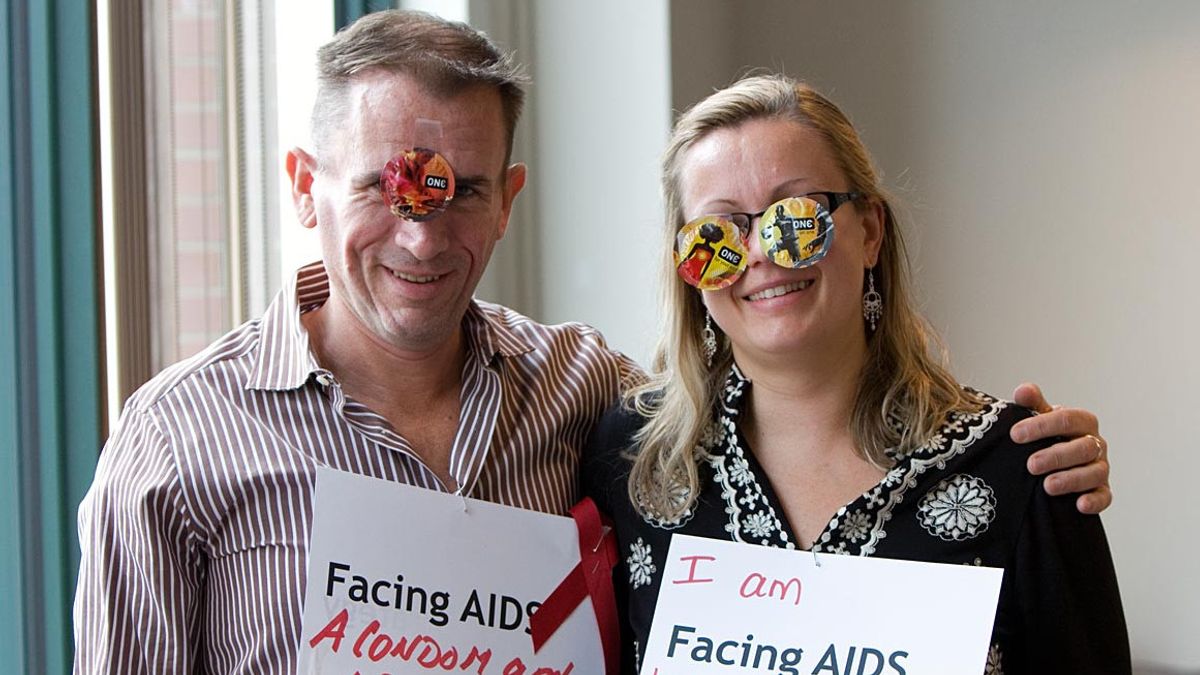JAKARTA - Europe has made good progress towards eliminating AIDS cases by 2030. However, the slow process of HIV diagnosis remains a crucial problem in the region.
Quoting Euronews, Tuesday 1 December, data released to commemorate World AIDS Day showed new diagnoses in the European Union and European Economic Area (EEA) had decreased by 9 percent since 2010. AIDS cases decreased by almost a quarter over the same period. Most of the new cases appeared in Eastern European countries, particularly Russia and Ukraine.
But the European Center for Disease Prevention and Control (ECDC) said the number of undiagnosed HIV cases was increasing. It took an average of three years for Europeans infected with HIV to get a diagnosis.
"Too many people across (the region) are diagnosed late (53 percent), increasing the risk of ill health, death and subsequent HIV transmission," said the ECDC. "The high rate of AIDS diagnoses in Eastern (Europe) confirms that late HIV diagnosis remains a major challenge."
HIV positive people who are not aware that they are infected do not have access to care. He is also at risk of unconsciously transmitting the virus to other people.
Nearly 137,000 people were diagnosed with HIV in Europe in 2019, 25,000 of whom are in the European Union and European Economic Area (EEA) countries. The highest number of cases per 100,000 people in Western Europe is reported in France, Britain and Germany.
First caseHuman cases of HIV-1 infection were first detected in a blood sample collected in 1959 from a man in Kinshasa, Democratic Republic of the Congo. Genetic analysis of these blood samples suggests that HIV-1 may have originated from a single virus in the late 1940s or early 1950s.
The HIV virus has existed in the United States (US) since at least the mid to late 1970s. From 1979–1981 a rare type of pneumonia, cancer, and other diseases was reported by doctors in Los Angeles and New York among a number of male patients who had sex with other men. This is a condition not usually found in people with healthy immune systems.
In 1982 public health officials began to use the term 'acquired immunodeficiency syndrome', or AIDS, to describe the incidence of opportunistic infections, Kaposi's sarcoma (a type of cancer), and pneumocystis jirovecii in previously healthy people. Formal AIDS case tracking began that year in the US.
In 1983, scientists discovered the virus that causes AIDS. This virus was originally named HTLV-III / LAV. This name was later changed to HIV (human immunodeficiency virus).
The English, Chinese, Japanese, Arabic, and French versions are automatically generated by the AI. So there may still be inaccuracies in translating, please always see Indonesian as our main language. (system supported by DigitalSiber.id)








